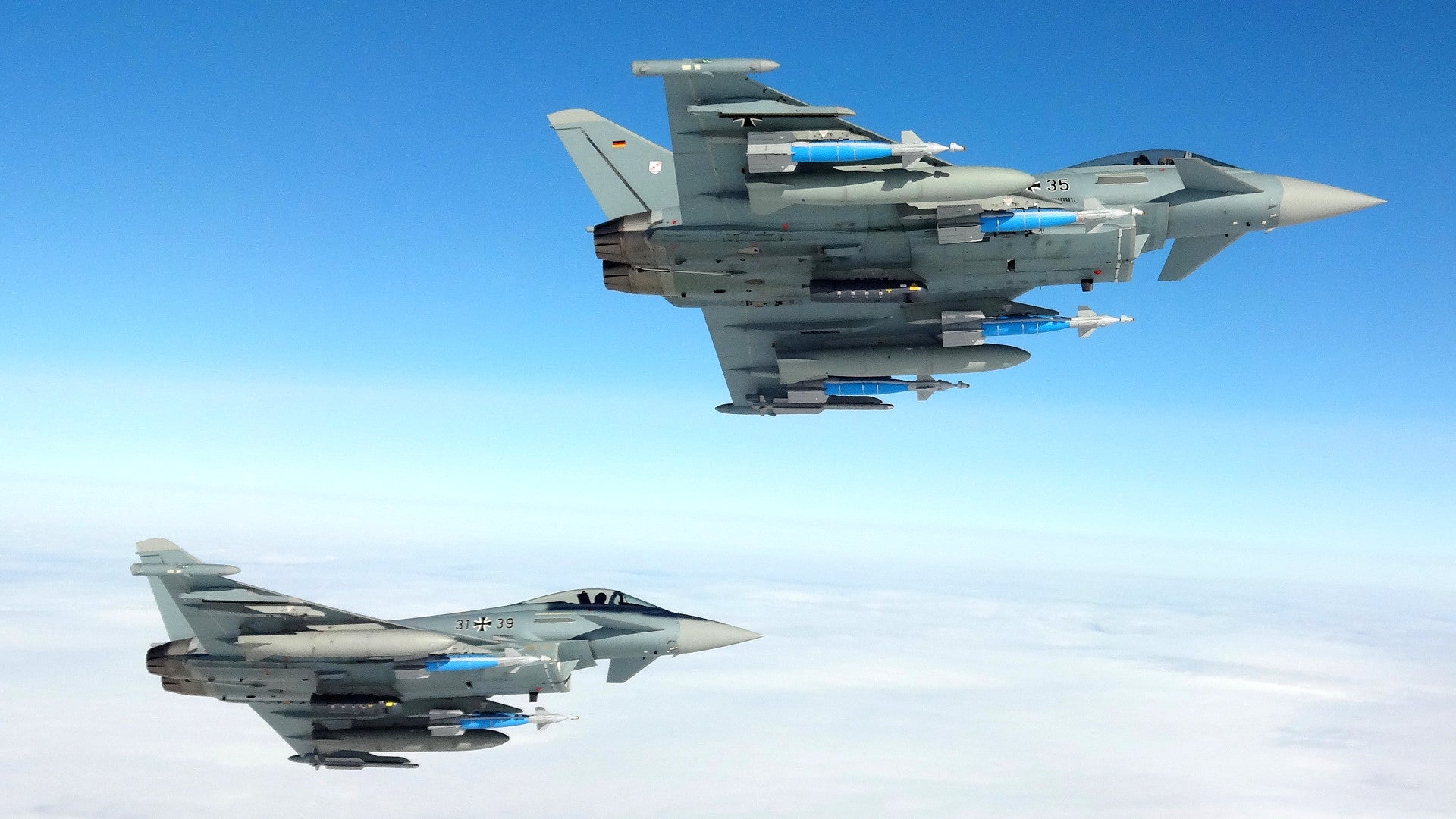German officials have reportedly asked their American counterparts about whether it would be possible to turn the Eurofighter Typhoon into a nuclear strike aircraft. The answer to this question could have serious ramifications on Germany’s effort to replace its aging Panavia Tornado combat jets, which are certified to carry U.S. B61 nuclear bombs during a crisis as part of an inter-NATO agreement, and reinforces previous reports that the European fighter jet is the German Air Force’s preferred option.
In April 2018, the German Federal Ministry of Defense sent a formal letter to U.S. officials asking about whether it would be feasible to configure Typhoons for the nuclear mission, how expensive it would be, and how long the process might take, according to Reuters.
The German Air Force’s ability to fly nuclear strikes has become an increasingly important issue even though the country is not a nuclear power itself. During the Cold War, Germany, as well as other NATO allies, agreed to host American nuclear bombs with the understanding that their aircraft could be called upon to employ them if a major conflict with the Soviet Union broke out.
After the Cold War, this arrangement has persisted and the Germans continue to keep an unspecified number of B61 bombs at Büchel Air Base near the borders with Belgium and Luxembourg. The problem is that the only German aircraft that can carry these weapons are the Tornados, which are in desperate need of replacement.
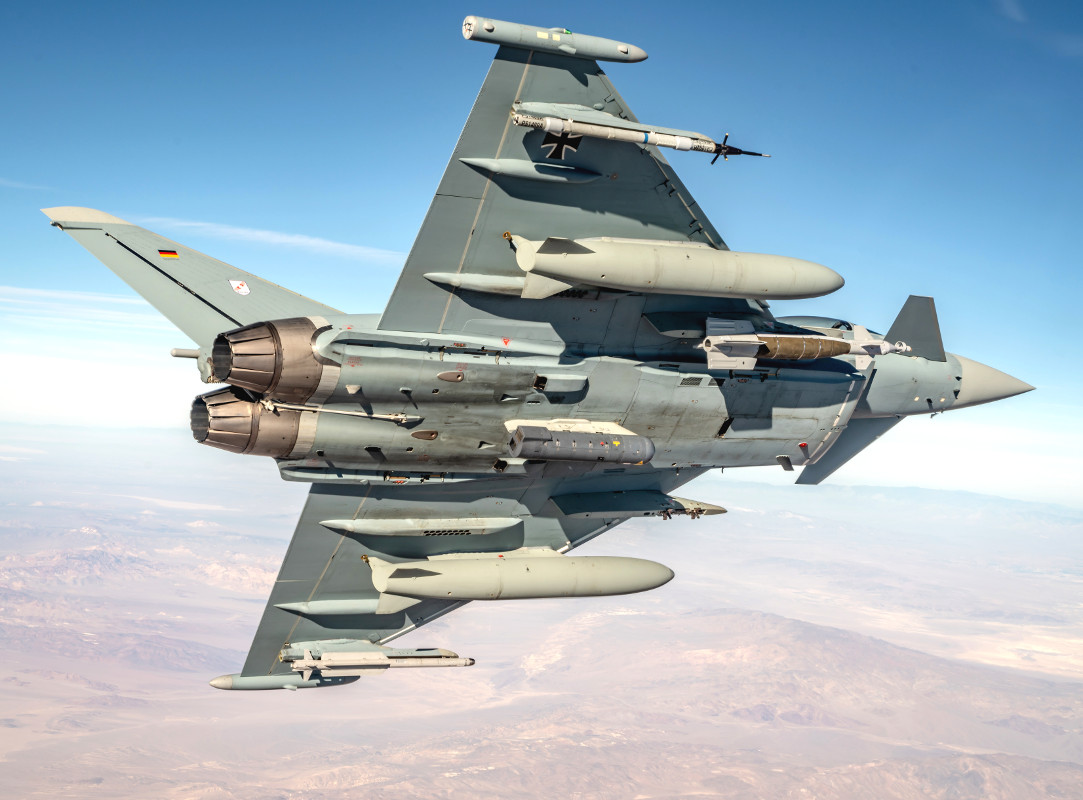
Availability rates for the Cold War-era swing wing jets have dramatically dropped in recent years. In 2015, state broadcaster Deutsche Welle reported that only 30 of the approximately 85 remaining aircraft were airworthy at any one time.
The aircraft also lack cockpits that will work with night vision goggles, which limits the jet’s ability to perform missions at night. In March 2018, German magazine Der Spiegel also obtained a report calling into question the security of the Tornado’s data links.
“This could in the worst case mean that the demand for an encrypted communication system for the Tornado weapons system can’t be achieved,” the document stated according to the report. “That means the Tornado weapons system may not take part in NATO missions.”
The German Air Force disputed the story, saying that all of the Tornados set aside to support the alliance’s requirements had the equipment necessary to perform their missions. Regardless, the service has made no effort to hide the importance of replacing the jets.
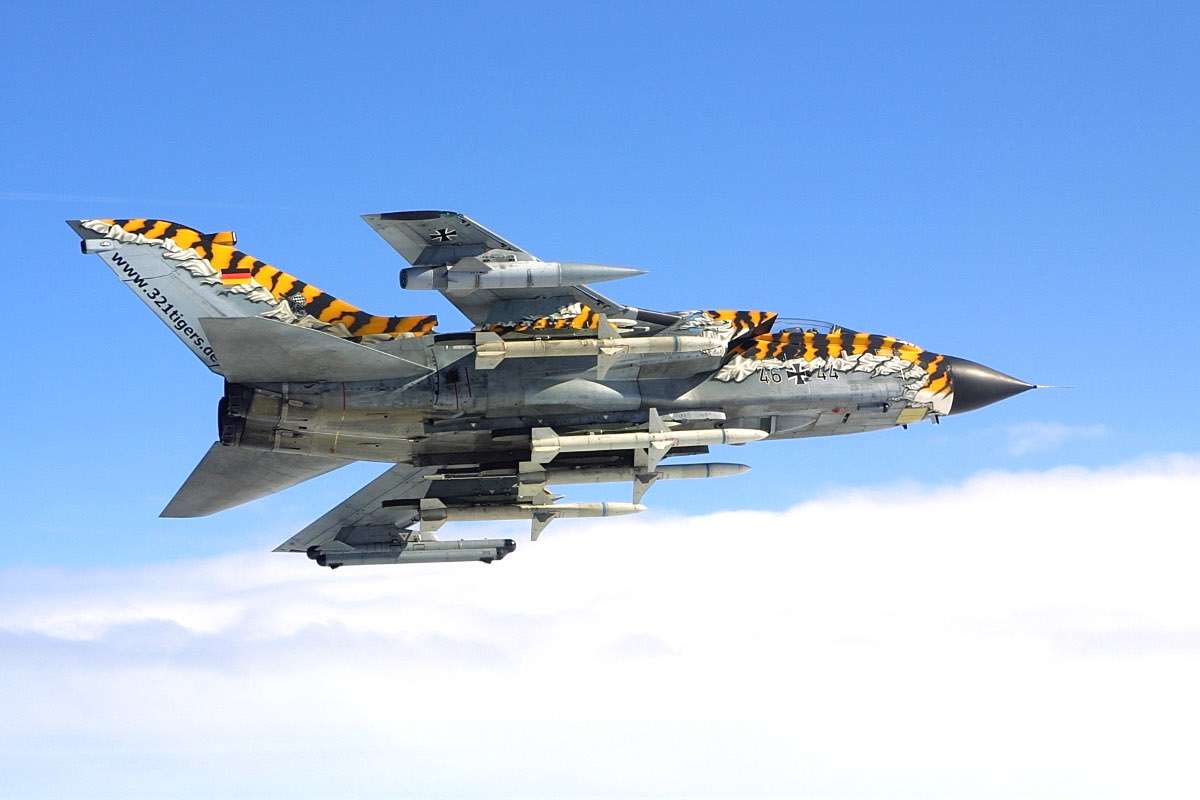
The Germans will need to certify whatever aircraft replaces the Tornado as a nuclear-capable platform in order to continue performing the mission. In addition to Eurofighter, the Germans are considering an unspecified variant of Boeing’s F-15 Eagle or that company’s F/A-18E/F Super Hornet, and Lockheed Martin’s stealthy F-35 Joint Strike Fighter.
The process to make sure any of those planes could carry the B61 would likely include ensuring they could safely drop the bombs at all, as well as developing appropriate mission systems and software to enable this capability under various different attack parameters.
In addition, engineers would have to find ways to install the necessary systems and linkages so that the pilot can arm the weapon in flight. Each one of the bombs has a so-called “Permissive Action Link,” or PAL, that prevents the warhead from functioning until an individual puts in a specific code. You can read more about these safety features and other components of the bombs in this past feature.
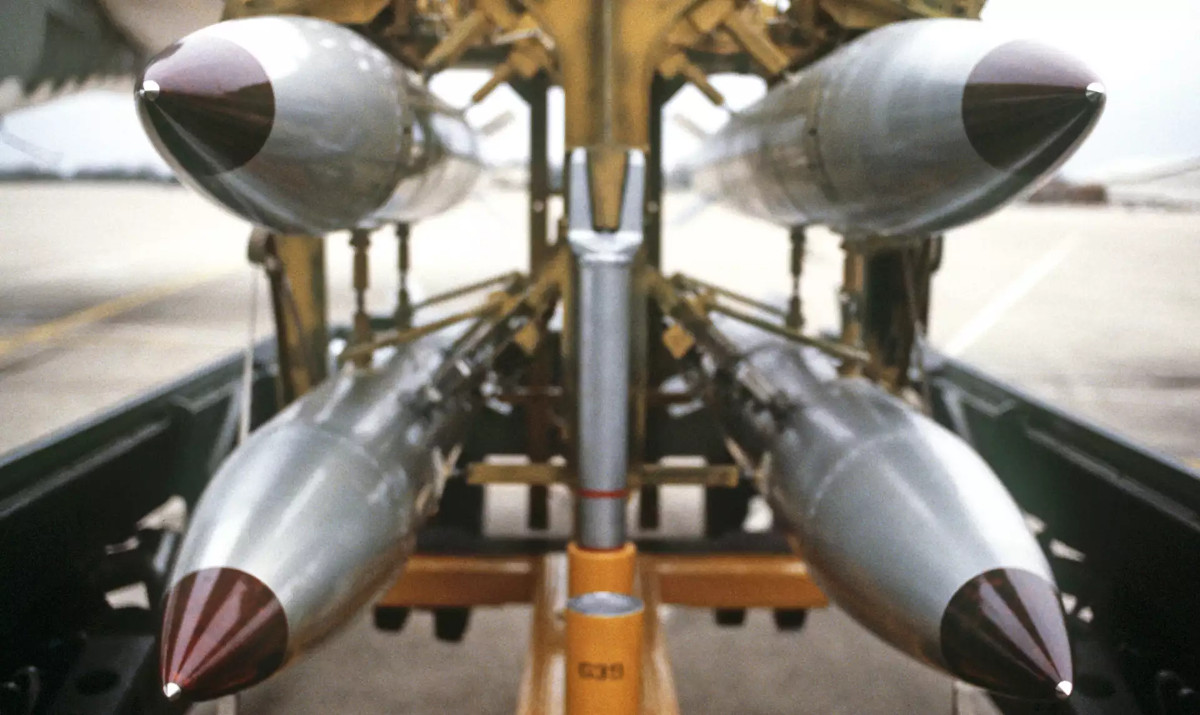
The U.S. military has not certified any variants of the Joint Strike Fighter to carry the B61, but Air Force is in the process of doing so with regards to the F-35A. The aircraft types that Boeing is offering are the only ones in the running that have already gone through this process.
But the German Air Force’s top preference is reportedly the Eurofighter. Germany already has nearly 130 of the jets in service and recently began adding a robust air-to-ground capability to some of them.
The video below shows German Air Force Eurofighters training to employ precision-guided bombs as part of validating the aircraft’s new air-to-ground role in 2017.

“A possible purchase of the Eurofighter would ensure the retention of military aircraft expertise in Germany and Europe, and value creation in our own country,” Germany’s Deputy Defense Minister Ralf Brauksiepe told the Green Party’s Tobias Lindner in a letter earlier in 2018, according to Reuters. “The weapons system has already been introduced to the Bundeswehr [the German Armed Forces] and is being successfully used.”
Replacing the Tornados with Eurofighters does make good sense, something we at The War Zone have noted in the past. As I wrote in December 2017:
“Eurofighter, a consortium that includes portions of Airbus Defense in Germany and Spain, BAE Systems in the United Kingdom, and Leonardo in Italy, manage the development and production of the fighter jets. A major sale to the Luftwaffe could be worth billions to the group and help keep the production line running and its employees at work, an important domestic consideration for the Germans. On Dec. 11, 2017, Qatar signed a deal for 24 of its own Eurofighters, making it the ninth country to buy the type.
This alone could mean significantly lower training and maintenance costs, not to mention saving on large infrastructure needs, compared to acquiring an entirely new type of aircraft, and especially one with high secondary cost demands like the F-35. It also could make it easier for the Luftwaffe to quickly absorb the new aircraft into its inventory. Existing Typhoon variants are already compatible with the targeting and reconnaissance pods the Luftwaffe uses on the Tornado, as well as many of its weapons. Saab has already tested the Taurus KEPD 350 cruise missile on one of the fourth generation fighter jets, as well, giving it a relatively long-range standoff attack capability.”
There is a growing concern, however, that the Eurofighter won’t be survivable enough to perform the nuclear mission in the future. One source told Reuters that the United States would consider this factor in its response about whether it would certify the jets to carry the B61s.
The implication is that the fifth generation F-35 could be the only realistic option. But German authorities reportedly forced the German Air Force’s previous head, Lieutenant General Karl Müllner, into retirement over his support for the F-35 option, though it’s not clear whether that was over his preference for the jet itself or his public comments on the matter.
It is important to note that the United States has been working to make sure the forthcoming improved B61-12 bombs will be compatible with existing NATO platforms, including Tornado, since 2015. Eurofighter, as well as Boeing, also both insist that their aircraft would be able to carry out nuclear strikes in any high-threat environment in cooperation with electronic warfare aircraft and other supporting assets. NATO members regularly train to do just this as part of what is known as Support of Nuclear Operations With Conventional Air Tactics, or SNOWCAT.
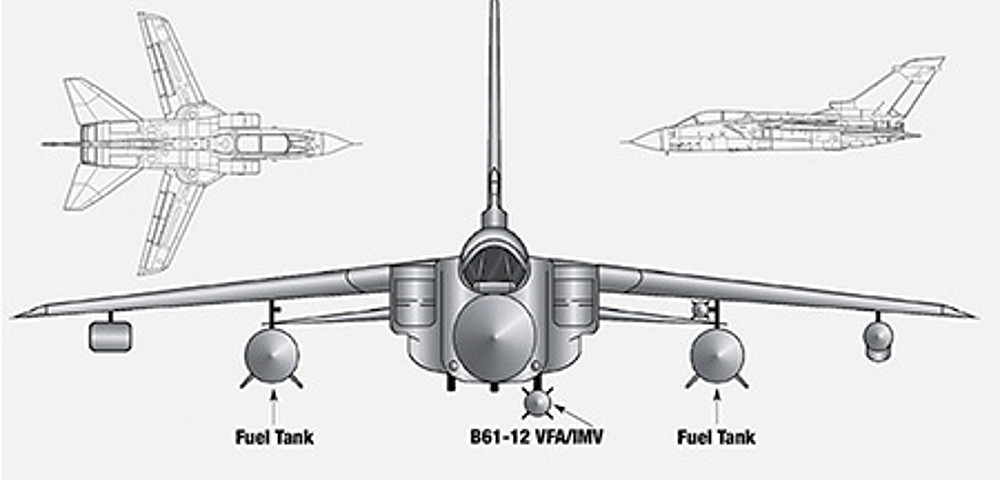
At the same time, Germany and the rest of the alliance are increasingly worried about Russia’s steadily more aggressive foreign policy. This has included veiled and outright threats against member states and non-NATO partners in Europe. Earlier in June 2018, Russian Foreign Ministry spokesperson Maria Zakharova implied that increased U.S. military presence in Norway was an implicit threat toward her country.
The Kremlin has also deployed advanced air defenses and other weapons systems, including the S-400 surface-to-air missile system and Iskander nuclear-capable short-range ballistic missiles, along NATO’s eastern flanks and within its Kaliningrad enclave on the Baltic Sea. The latter position means that Russian weapons already have the range to engage aircraft flying over Germany proper. Lieutenant General Müllner and other supporters of buying the F-35 had argued that this reality made a stealthy fifth-generation aircraft a necessity.
Germany has joined with France to develop a new low-observable combat jet for both countries. The Joint Strike Fighter program and other stealth fighter development efforts elsewhere make it clear that this process will be long and potentially exorbitantly expensive. There’s no guarantee that it will produce a working design any time soon, if at all. For all of its very real issues, the F-35 is in production now.
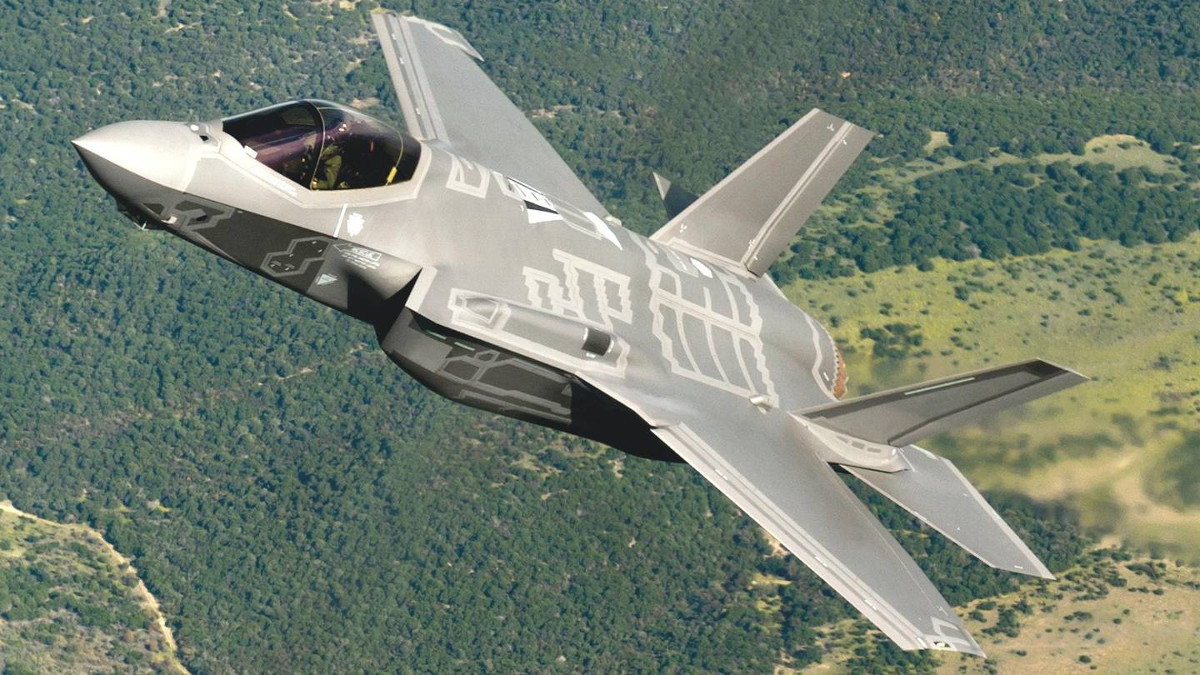
If the German Air Force does decide to replace the Tornados with more Typhoons, it could take up to a decade to certify the latter type for the nuclear mission, according to Reuters. It’s not clear when that process might begin, but Germany wants to have all of the older Tornado jets out of service by 2030. This means there is a distinct potential for a gap in capability to occur between when the replacement aircraft arrive and when they’re deemed nuclear capable.
Domestic and international politics are almost certain to have an impact on the final decision, too. Germany itself is in the midst of a political crisis that traces back the last federal elections in September 2017. A poor showing for Chancellor Angela Merkel’s Christian Democratic Union (CDU) part, as well as its allies in the Christian Social Union (CSU), led to six months of deliberations on the future of their bloc.
This was the longest the country had been without a government since the end of World War II. Any further upheaval could impact attempts to increase the country’s defense spending overall and to address systematic readiness issues plaguing the German Armed Forces as a whole.
Perhaps more importantly, German relations with the United States have plummeted amid a largely personal feud between Merkel and President Donald Trump. Richard Grenell, the new U.S. Ambassador to Germany and a Trump appointee, has suggested he could engage with opposition parties looking to unseat the CDU-CSU alliance. In May 2018, Merkel reiterated comments she had made in 2017 that it was increasingly clear Germany could not rely on the United States for protection.
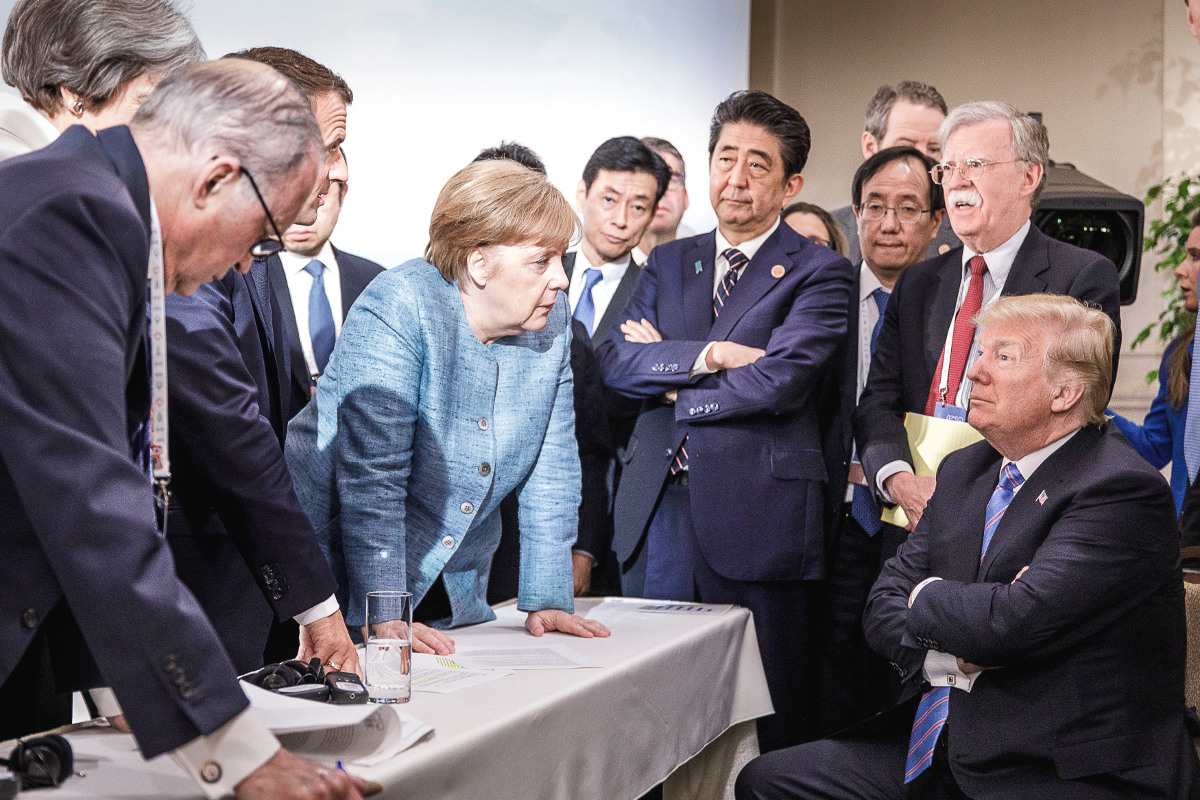
“It’s no longer the case that the United States will simply just protect us,” Merkel said in the 2018 speech, which also lauded French President Emmanuel Macron who was on hand to receive an award. “Rather, Europe needs to take its fate into its own hands. That’s the task for the future.”
This could make the idea of buying any type of American aircraft increasingly politically untenable. It could also potentially raise new questions about whether Germany should be hosting American nuclear weapons in the first place, which is a controversial issue that left-leaning political parties in the country typically oppose on principle.
In the meantime, the Tornados are only getting older and are steadily less capable of performing any missions, nuclear or otherwise. As such, Germany and the United States will have to come to some agreement on certifying any future planes soon if the German Air Force intends to continue having a nuclear role at all.
Contact the author: jtrevithickpr@gmail.com
